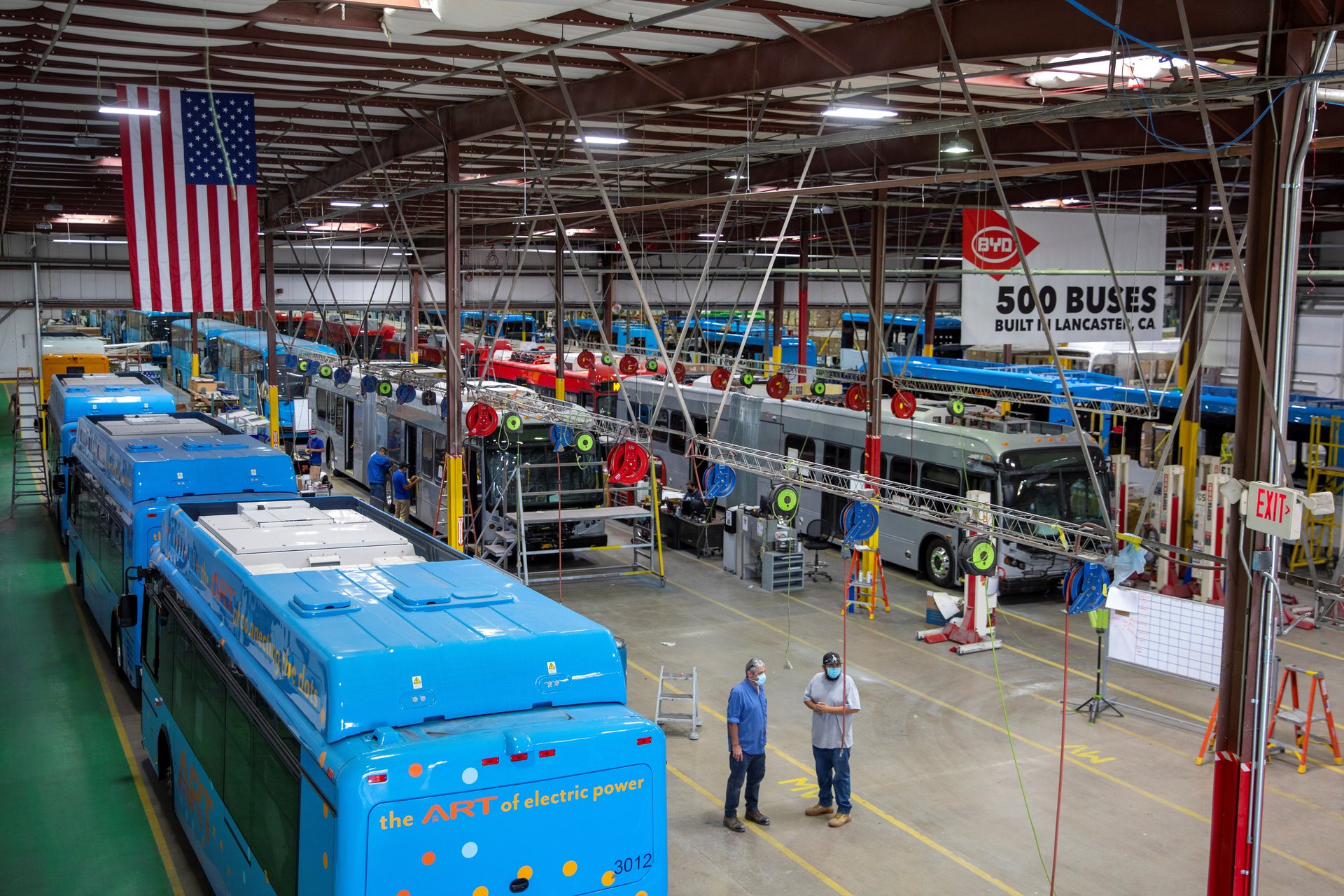Economists expected far more Americans would be working again by now
A large swath of workers left the American job market after the pandemic hit, and they don’t seem to be in any hurry to come back.


A large swath of workers left the American job market after the pandemic hit, and they don’t seem to be in any hurry to come back.
The labor participation rate—people who have jobs or are actively looking for work—has stalled at a surprisingly low level even as the US economy revs back up. Economists keep expecting that rate to increase, but instead it fell in September even as job openings surge and wages in some sectors heat up. The data added to an overall disappointing unemployment report, as the US economy added 194,000 jobs in September, well short of the 479,000 economists had expected, according to FactSet’s consensus of forecasts.
Economists pin much of the blame on the Delta variant, which has driven a resurgence of Covid-19 cases in recent months and may be keeping some people from venturing back out for work. “The ebbs and flows of the pandemic continue to wreak havoc on the labor market,” Elise Gould, a senior economist at the Economic Policy Institute in Washington, said on Twitter. “If we can get the virus under control, the recovery can continue stronger.”
There were also signs of good news—the data for July and August were revised higher, showing that employment in those months was 169,000 higher than previously reported. And employment in the private sector was relatively buoyant, increasing by 317,000 last month. Overall it was a mixed report, but Chris Varvares, co-head of US economics at IHS Markit, said it was probably a better one than it might seem at first glance. He said the pandemic has made the data much noisier than usual, particularly as it relates to government jobs in education services. By contrast, manufacturing had its fifth-straight month of employment gains despite the global crunch in supply chains.
Schools opened, but women didn’t return to the labor market
A shortage of childcare workers is likely keeping many women from returning to the labor force. Economists had expected school openings in September to give more women a chance to return to employment, but that didn’t materialize. Megan Greene, global chief economist at Kroll Institute, was optimistic that would take place because of an uptick in job postings for childcare workers on Indeed.com, which suggested more of those carers might return to employment. “It could be that because of the Delta variant, caretakers were worried about schools starting and stopping, and so wanted to wait to take on a job until they knew their kids would stay in school,” she said. “It’s possible we will have to wait a few months for that to feed through to the labor-force participation rate.”
The end of extended unemployment benefits is not pushing people back to work
Greene also expected the end of additional federal unemployment insurance, which expired on Sept. 6, to push more people back into the job market. But she pointed out that those benefits were only part of the stimulus money that has flowed to households, many of which may now have a cushion that allowed them to delay going back to work. “People have been on the sidelines to try to move up to high-wage, high-hour jobs,” Greene said. “We might have to wait a few months to see this play out.”
“At some point, a lot of people will have to capitulate because they don’t have the skills that match, but we haven’t gotten there,” she added.
Retirees are staying retired
A big chunk of employees have taken early retirement. The number of American retirees shot up by around 3.6 million during the pandemic, according to economists at the Federal Reserve Bank of Kansas City. At the usual pace, that figure would have risen by 1.5 million. Economists have expected a perky job market to entice some of those retired workers back into employment, but health concerns because of Covid-19 may be preventing that.
“More retirees may rejoin the workforce as these health risks fade, but the retirement share is unlikely to return to a normal level for some time,” the Kansas City Fed researchers wrote in August.